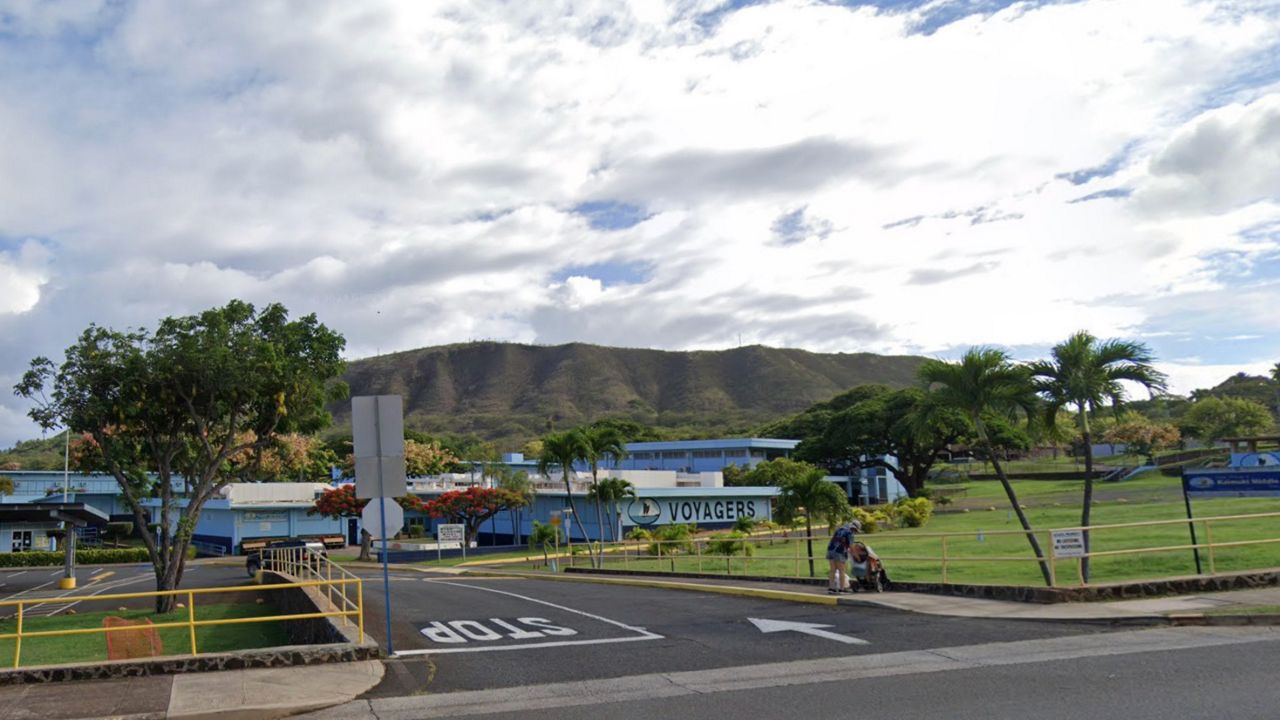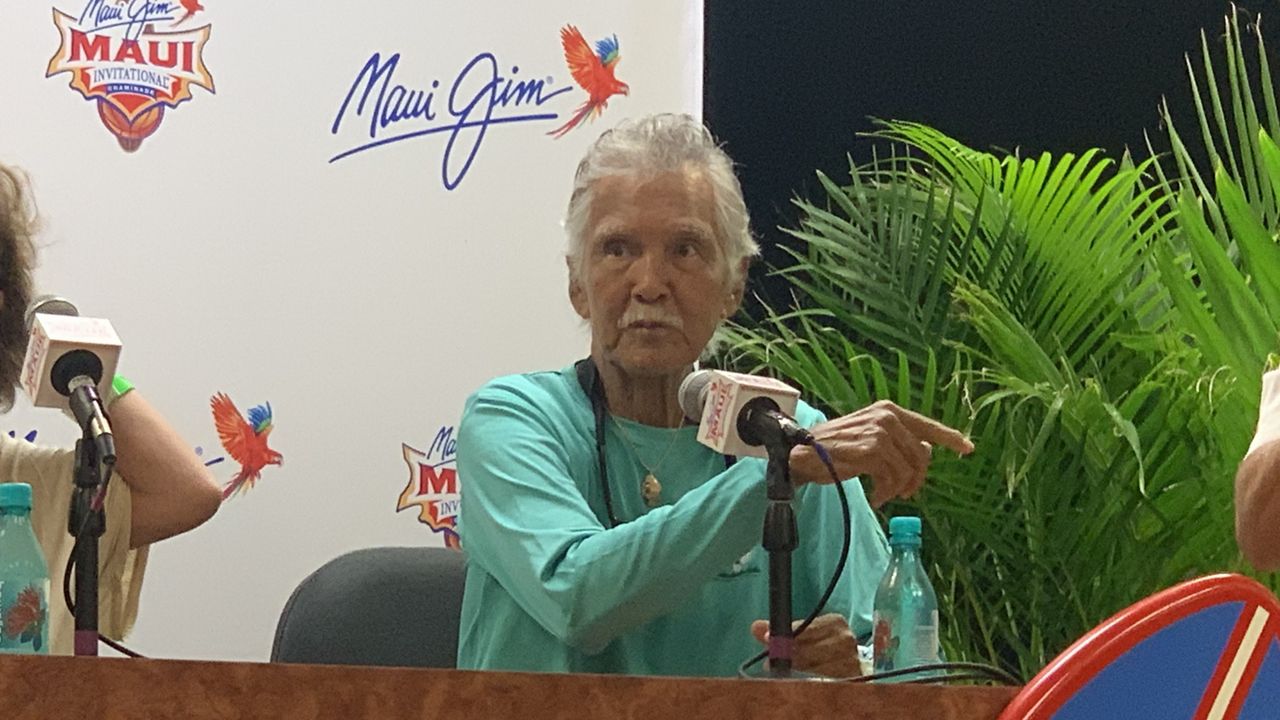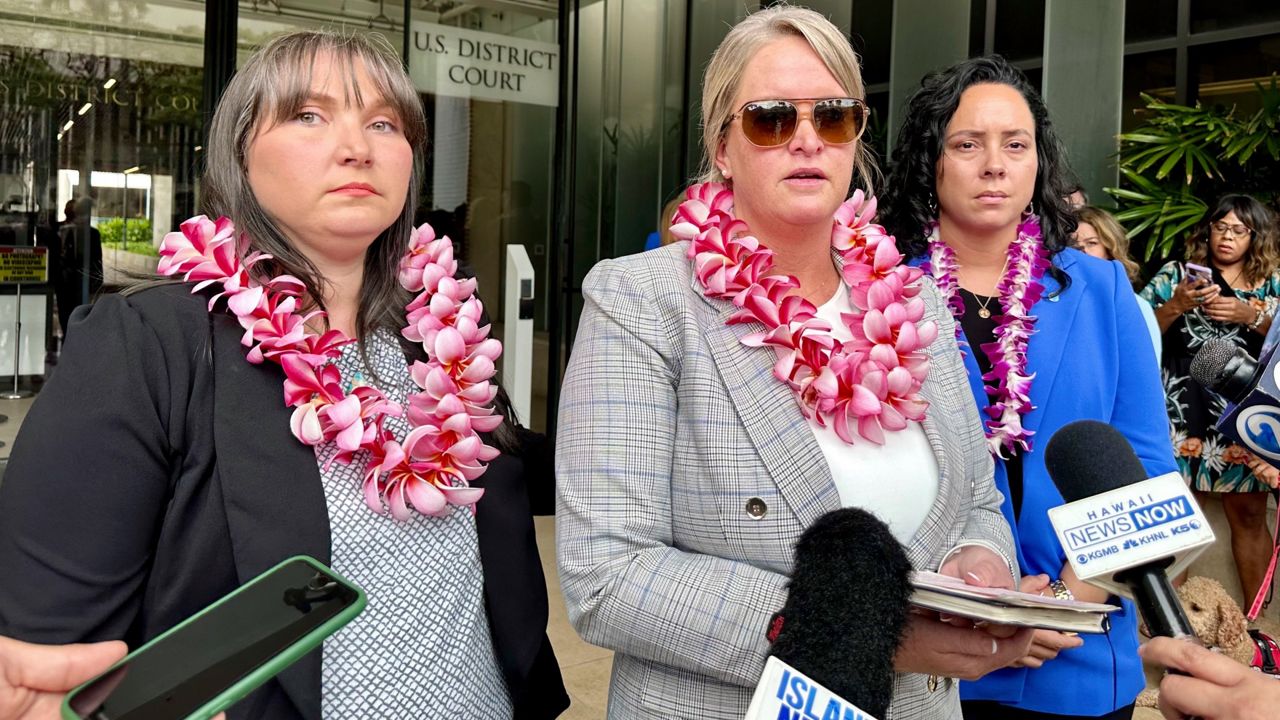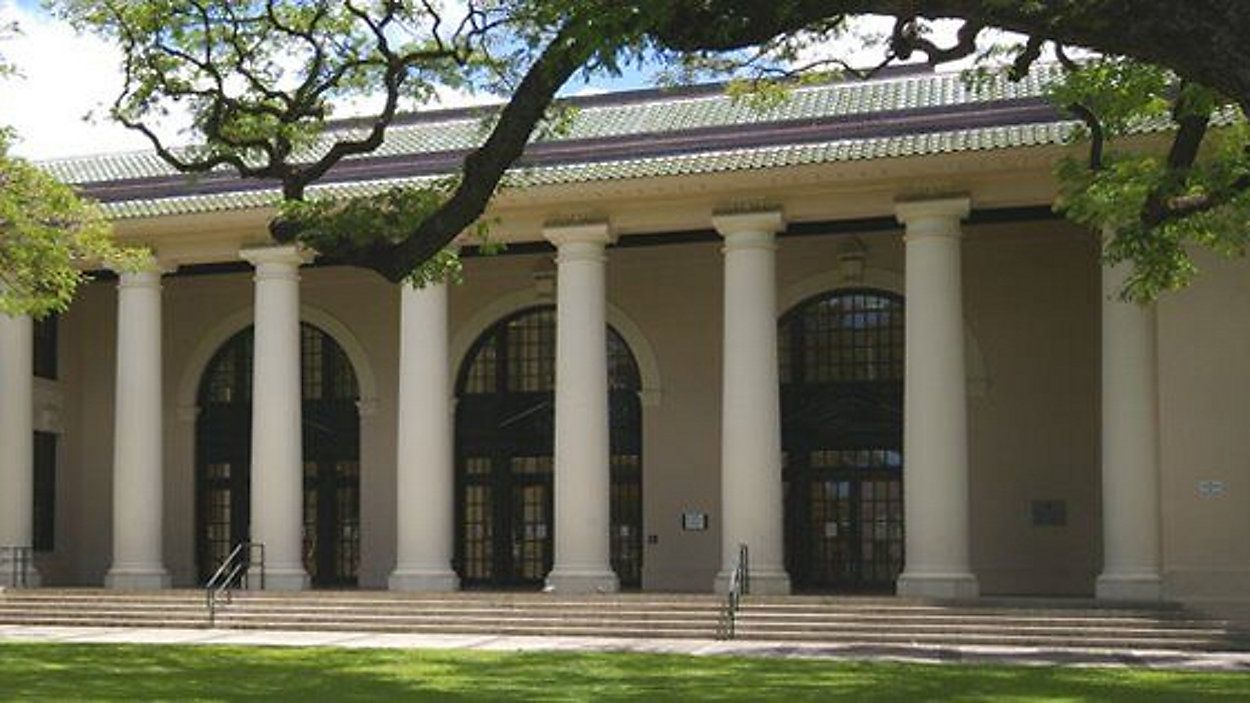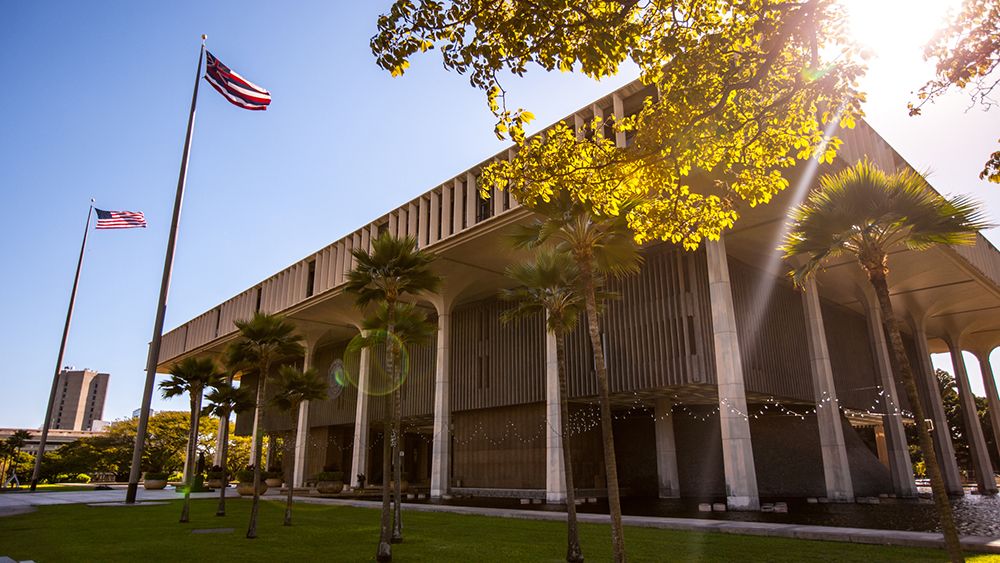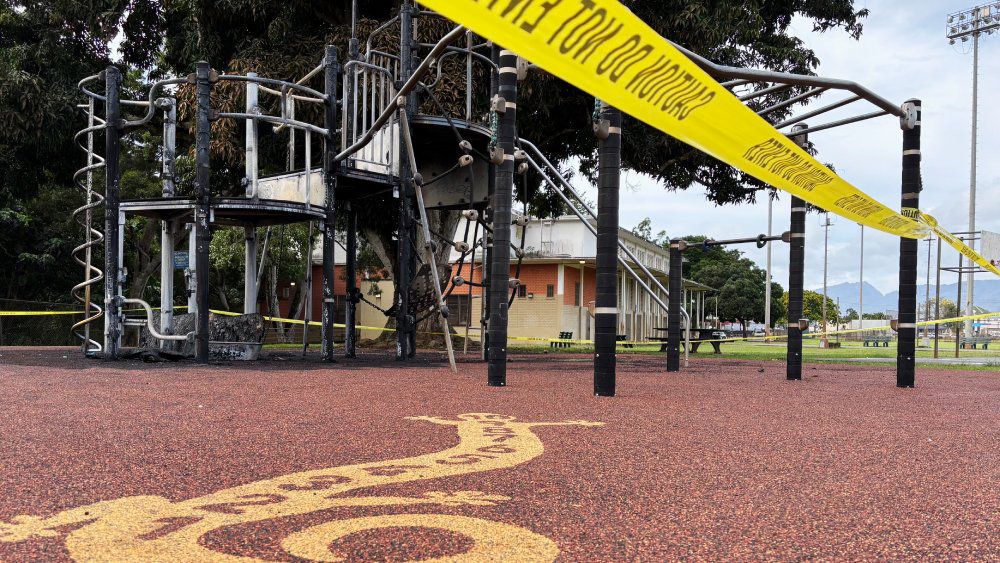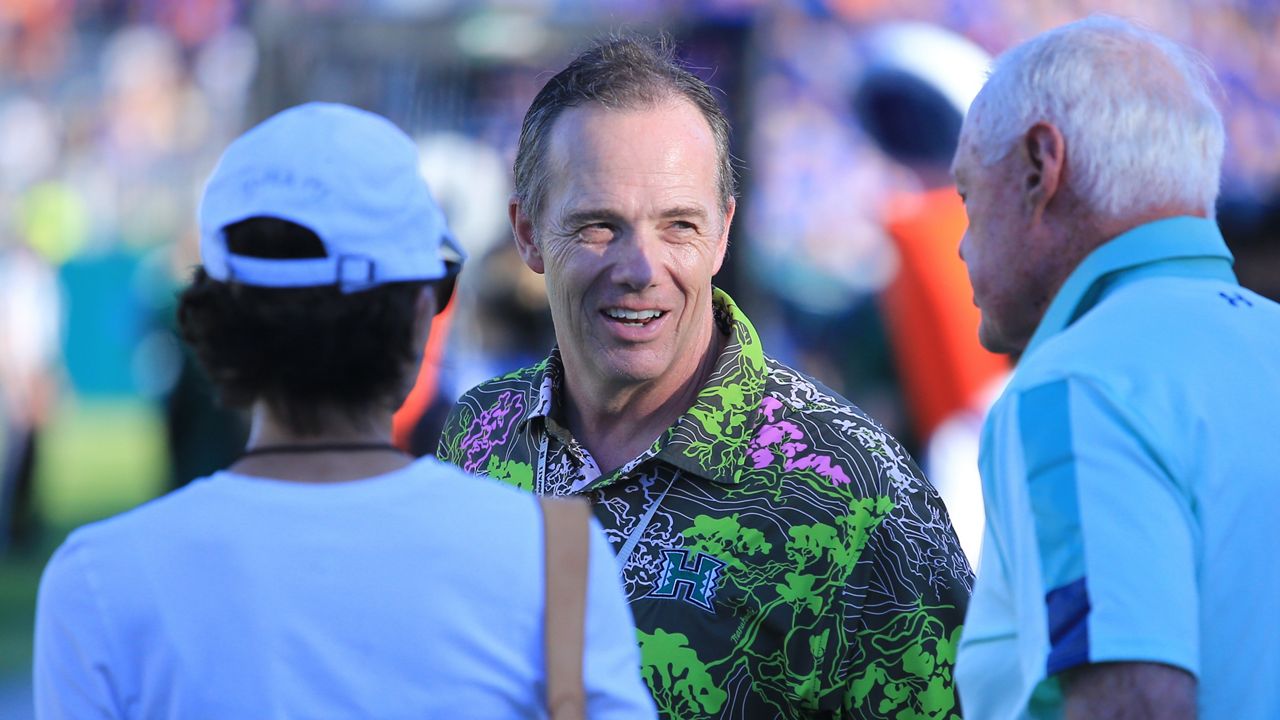Good evening, Hawaii. Here are the main stories we've been following today:
Your Weather Planner
Unsettled conditions will persist for much of the state over the next few days. The heaviest rain and storms will be located around Kauai today through tomorrow where a Flood Watch is in place through Wednesday afternoon. Other regions will see an increase chance for scattered afternoon showers, thanks to southerly winds.
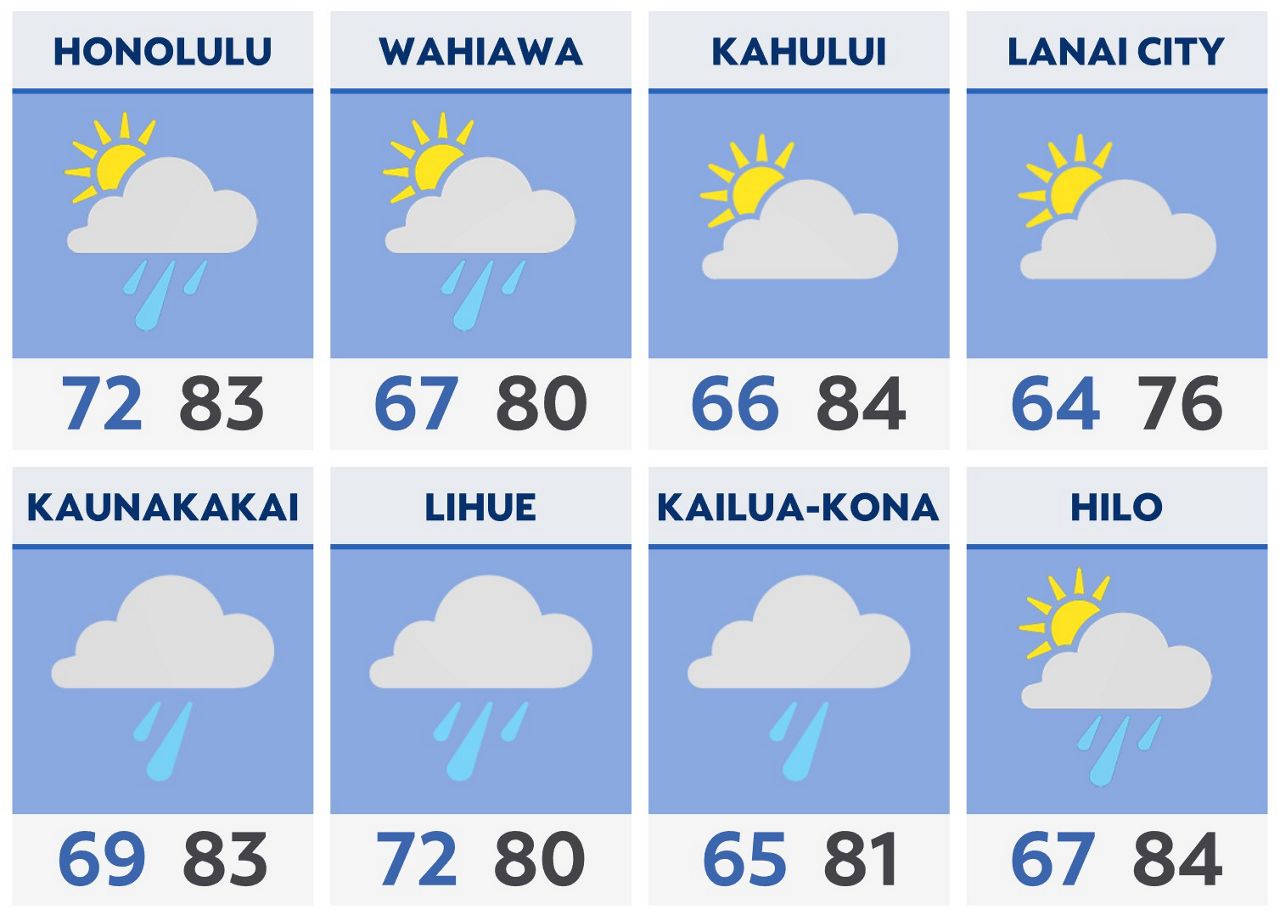
Watch the latest news from across the country.
Today's Big Stories
1. Seven federally funded projects axed in Hawaii
Seven city projects, including a $4.8 million initiative to improve public transportation in and out of Waianae, are the latest local casualties of ongoing cuts to federal spending.
The cuts were confirmed in a memo from Honolulu managing director Mike Formby to the Honolulu City Council’s Committee on Budget last week.
Gone, at least temporarily, are four Congressional Directed Spending programs totaling more than $8.7 million and three programs funded through federal grants equaling $1.7 million.
State. Rep. Darius Kila called the termination of the Waianae Coast Bus Rapid Transit project “devastating” for the Waianae community he represents.
“Every day, Waianae residents depend on public transit to get to work, school, and support their families,” Kila said in a statement released on Monday. “The route they take is long, unreliable, and a daily reminder of the neglect our community has faced for far too long. That’s why the $4.8 million Waianae Coast Bus Rapid Transit project was not just a study; it was a long-awaited commitment to bring improvements to a community that is consistently overlooked.”
The other affected earmarks include special-needs housing improvements ($3 million); a green stormwater infrastructure planning study ($500,000); and a community equity program for small, disadvantaged and underrepresented businesses ($404,000).
Among the federal grant projects eliminated was one to install a microgrid electrical system at Kaimuki Middle School. The project was funded via the Federal Emergency Management Agency’s Building Resilient Infrastructure and Communities program, which FEMA discontinued earlier this month.
2. Biennial budget clears conference committees
After the Senate and House of Representatives conference committees unanimously recommended approval of House Bill 300, Conference Draft 1 on Monday, the state biennium budget heads for a final vote in both legislative chambers.
“From expanding core programs for vulnerable populations to supporting regional economic development that builds long-term resilience, we’ve worked hard to make sure our decisions today strengthen Hawaii’s foundation for tomorrow,” said Senate Committee on Ways and Means chair Donovan Dela Cruz. “Whether it’s food security, access to healthcare or helping small businesses grow, this budget is about making sure every part of our state has the opportunity to thrive.”
After three days of negotiations to resolve differences in the versions passed by each chamber, the conference committees agreed on a proposed operating budget totaling just under $40 billion across all means of financing and a Capital Improvement Project budget of approximately $5.7 billion.
For the operating budget (for the next two fiscal years), the conference draft appropriates $19.94 billion ($10.59 billion from the General Fund) for Fiscal Year 2026 and $19.76 billion ($10.64 billion) for Fiscal Year 2027.
3. Honolulu Civil Beat: Hawaiʻi County moves to adopt nepotism rules for government employees
Last week, the Hawai‘i County Council considered legislation to update the Hawaiʻi County Code to prohibit nepotism.
Bill 21 would ensure hiring and promotion of relatives be conducted in a fair and impartial manner. Specifically, it would adopt the state’s policy on nepotism found in the State Ethics Code.
That policy says no state employee can appoint, hire, promote or retain a relative or household member. Nor can they demote, discharge or terminate them, or participate in interviews or discussions regarding the hiring process.
The bill passed the council unanimously Wednesday and now awaits a final vote May 6. If approved and signed by the mayor, it would take effect immediately.
Heather Kimball, the council member who introduced Bill 21, said it has been difficult to fill government jobs. And even though the island has a population of over 200,000, a lot of people know each other and are related, she said.
“Trust in government is at an all-time low level,” Kimball said Thursday, pointing to recent corruption cases at the county, state and federal level. “It’s important for folks to be aware that the county is making efforts to be more transparent and ensure fairness in hiring practices and being responsive to those concerns.”
If the bill becomes law, Kimball said the county’s Human Resources Department will need to change its hiring process to ensure that no immediate family members involved in reviewing applications for a position would have supervision of that person. If they did, they would need to be reassigned to a different supervisor.
4. Kilauea eruption starts and stops again, marking 18th episode
The Hawaiian Volcano Observatory reported Kilauea volcano began its 18th episode on Wednesday at 10:01 p.m., before pausing later that night. On Sunday, the episode resumed again with lava flows, but paused later that day. Then, on Tuesday morning, the episode ramped up with lava overflows that preceded lava fountains, which reached over 650 feet high. But after about 10 hours of foutaning, episode 18 ended abruptly when both the north and south vent stopped erupting.
Episode 18 resumed on Tuesday at 3:20 a.m., with lava overflowing from the south vent. Both vents started fountaining at 3:30 a.m. Lava began overflowing the north vent at 3:47 a.m. Fountains were over 650 feet high at the south vent and over 160 feet at the north vent, according to the Hawaiian Volcano Observatory. Both fountains fed a lava flow on the floor of Halemaʻumaʻu crater.
On Tuesday at 1:28 p.m., the north and south vents stopped erupting at about the same time. The fountaining phase of episode 18 lasted 10 hours and 8 minutes. Lava flows from both vents covered more than 60% of the floor of Halemaʻumaʻu.
The Hawaiian Volcano Observatory warns that emissions of SO2 gas are elevated. During recent episodes, SO2 emissions have reached 20,000 to 50,000 tonnes per day or more. Similar amounts of gas are expected if there is a high-fountaining event during episode 18.
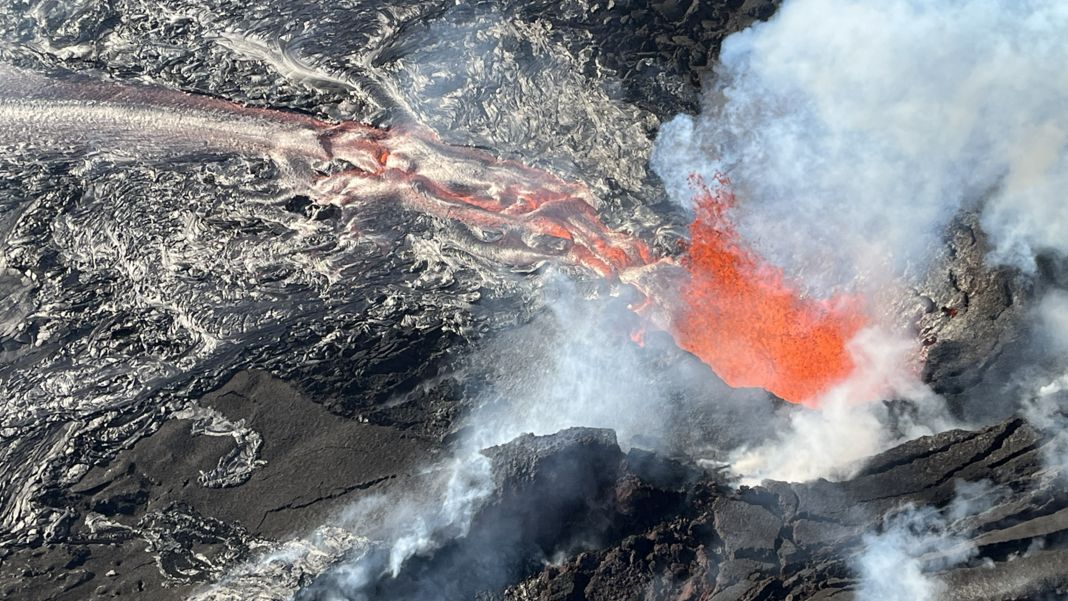
5. Hawaiian and Alaska Airlines moving closer together at multiple airports
Alaska and Hawaiian are continuing to merge their airlines by integrating airport spaces at airports across the U.S.
Alaska officials said in a news release that this will help streamline operations for guests.
Hawaiian’s co-location efforts involve moving its gates, ticket counters and other airport resources next to Alaska’s — with some locations featuring fully shared spaces between the two airlines.
On Tuesday, Hawaiian Airlines moved its check-in operations at Los Angeles International Airport to Terminal 6, where Alaska Airlines is already located. This will allow guests to move more quickly between gates, counters and baggage claim, according to Alaska.
At New York’s John F. Kennedy International Airport, Hawaiian launched operations Tuesday at Terminal 8, as part of a months-long move from Terminal 4. By October, both Alaska and Hawaiian will be fully merged at Terminal 8, which is transitioning from Terminal 7. This relocation increases connectivity with Alaska’s oneworld alliance partners, including American Airlines and British Airways.
Also, because of the partnership with American Airlines, First Class guests on Alaska and Hawaiian Airlines will have access to the Admirals Club at JFK’s Terminal 8. Hawaiian Airlines guests booked in the First Class cabin also have access to American’s Greenwich Flagship Lounge.
Your Notes for Tomorrow
Wednesday, April 23
- Sentencing of man found guilty of attempted murder of Salman Rushdie
- Former aide to New York governors in court charged with acting as an agent of the Chinese Government
- Jury trial for man charged with committing Highland Park, IL, July Fourth parade shooting
- Court hearing for Illinois deputy charged with murder for shooting woman in own home
- 20th anniversary of YouTube
- New Residential Sales
In Case You Missed It
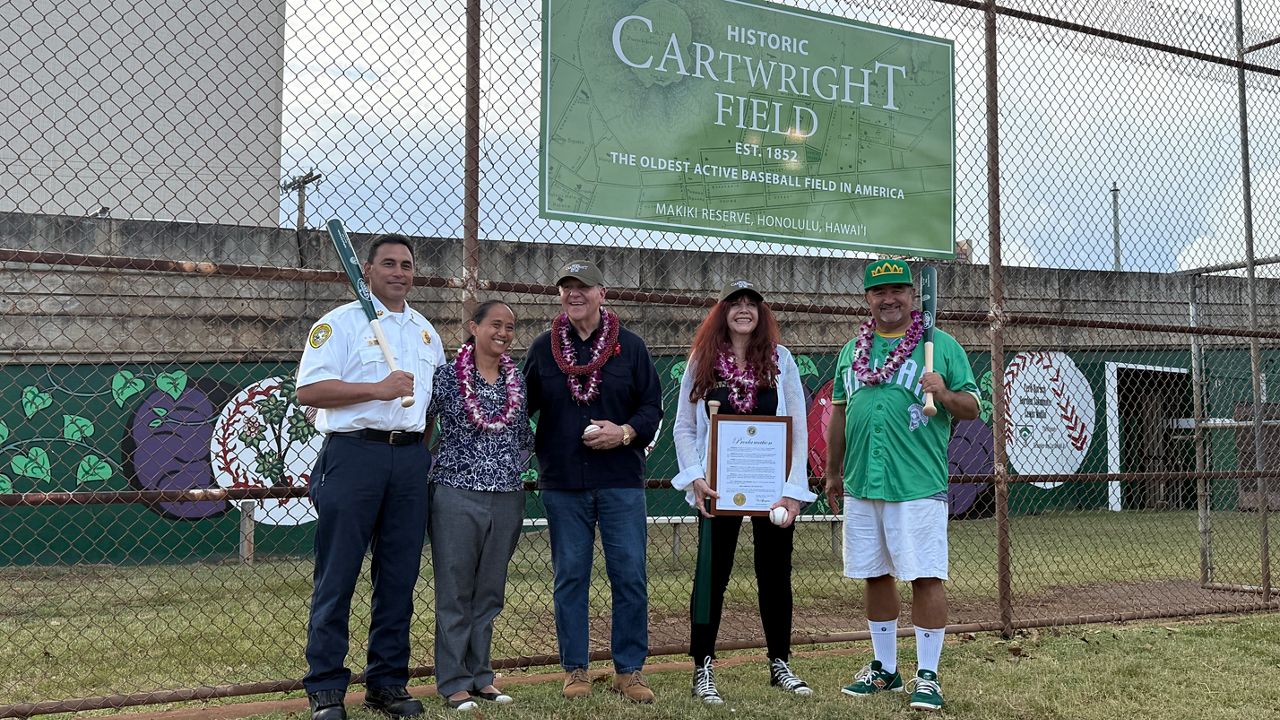 Honolulu Mayor Rick Blangiardi, third from left, and Anna Cartwright, the great-great-granddaughter of Alexander Joy Cartwright Jr., were among those at the dedication of Cartwright Neighborhood Park as the oldest active baseball field in America last Thursday. (Spectrum News/Brian McInnis)
Honolulu Mayor Rick Blangiardi, third from left, and Anna Cartwright, the great-great-granddaughter of Alexander Joy Cartwright Jr., were among those at the dedication of Cartwright Neighborhood Park as the oldest active baseball field in America last Thursday. (Spectrum News/Brian McInnis)

Honolulu claims Cartwright Park as oldest baseball field in America, gets pushback
When an animated Honolulu Mayor Rick Blangiardi proclaimed last week that Cartwright Neighborhood Park in Makiki is the oldest continuously used baseball field in America, he told the gathered crowd of about a hundred that he anticipated some skepticism on the continent.
Blangiardi, standing at a podium in the Cartwright outfield Thursday, shared that his staff and a group of baseball enthusiasts had unearthed proof in the form of old family letters and documents that indicated that Alexander Joy Cartwright Jr. marked off the baseball diamond there in 1852 — some 26 years before the widely accepted record-holder, Fuller Field in Clinton, Mass., came to be.
The city unveiled a large sign on the field's cage near the Keeaumoku Street overpass: "Historic Cartwright Field, Est. 1852, The Oldest Active Baseball Field in America." The great-great-granddaughter of Cartwright, Anna Cartwright, traveled from California for the occasion. The Royal Hawaiian Band played “Take Me Out to the Ballgame” and about a dozen uniformed area youth baseball players were on hand.
“It's about setting the record straight and honoring a legacy that has stood the test of time,” Blangiardi said. “It's about getting the respect that this field deserves in the history and the lore of America's pastime.”
The Guinness Book of World Records lists Fuller Field (1878) as the oldest baseball diamond in the world, and oldest field in continuous use.
Matt Kobus, a Fuller Field Commission member, told 7 News WHDH in Boston last week that he stands by his field’s distinction.
“Until the Guinness World Records certifies Cartwright Park as being the oldest baseball diamond in continuous use, Fuller Field is going to hold that title,” Kobus told the station.


